Leaving for Boston
In a few days, our specialists will attend the international annual SOSORT conference, which will be held in Boston, USA, from May 1 to 4 (please visit the website to register for the event or to learn more about it).
ISICO will present a remarkable number of nine abstracts during the conference, two of which are Personal and Clinical Determinants of Brace-Wearing Time in Adolescents with Idiopathic Scoliosis and Influence of Specific Interventions on Bracing Compliance in Adolescents with Idiopathic Scoliosis — A Systematic Review of Papers Including Sensors’ Monitoring.
Both abstracts focus attention on the treatment of idiopathic scoliosis with braces, the factors that determine patient compliance, and its objective measurement. Bracing is, in fact, an effective treatment for medium-degree curves, and thermal sensors help monitor patients’ adherence (compliance), a critical issue in bracing treatment.
Influence of Specific Interventions on Bracing Compliance in Adolescents with Idiopathic Scoliosis—A Systematic Review of Papers Including Sensors’ Monitoring underlines that high adherence to brace prescription is fundamental to gaining the maximum benefit from adolescent idiopathic scoliosis (AIS) treatment approach. Having an objective measure of compliance provided by the sensors allows the clinician to make informed decisions and prescribe therapy in a personalized and sustainable manner, balancing therapeutic efficacy with the patient’s daily needs and difficulties, but the use of wearable sensors is poorly investigated.
“Wearable sensors are available that objectively monitor the brace-wearing time, but their use, combined with other interventions, is poorly investigated.- explains prof. Stefano Negrini, ISICO Scientific Director and one of the authors of the research – We conducted a systematic review of the literature published (466 articles and included examples articles) to summarize the real compliance with bracing reported by studies using sensors; to find out the real brace wearing rate through objective electronic monitoring; to verify if interventions made to increase adherence to bracing can be effective according to the published literature”.
The research Personal and Clinical Determinants of Brace-Wearing Time in Adolescents with Idiopathic Scoliosis‘ performed a cross-sectional study of 514 adolescent patients consecutively recruited in the last three years at a tertiary referral institute and treated with braces for one year.
“Some studies investigated adherence determinants but rarely through sensors or in highly adherent cohorts – tells Dr. Giulia Fregna, one of the authors of the research – We aimed to verify the influence of personal and clinical variables routinely registered by physicians on adherence to brace treatment in a large cohort of consecutive AIS patients from a highly adherent cohort. We have identified gender, age (considered alongside bone age), and the “bracing hours prescription” as critical determinants of adherence behaviour. These findings underscore the importance of tailoring interventions to address the specific needs of different patient populations”.

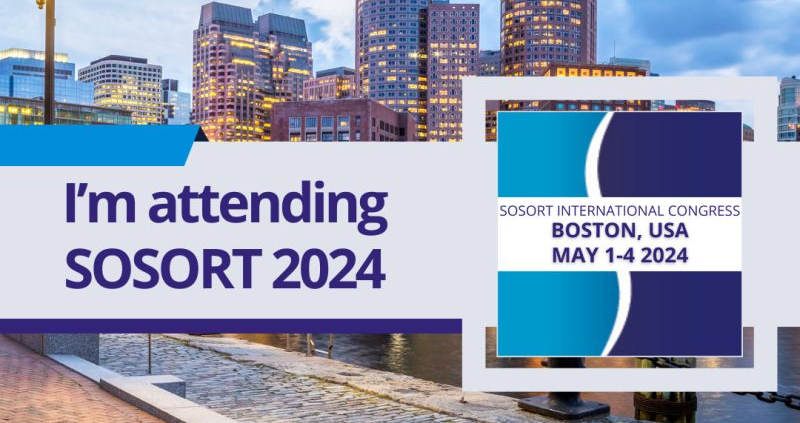
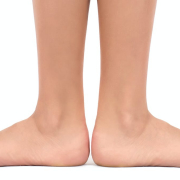


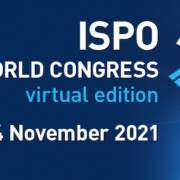
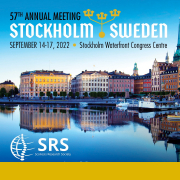
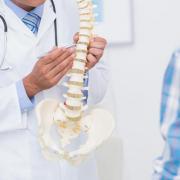



Leave a Reply
Want to join the discussion?Feel free to contribute!